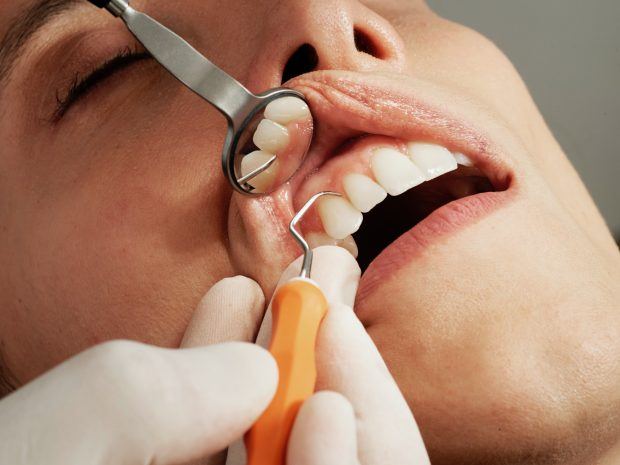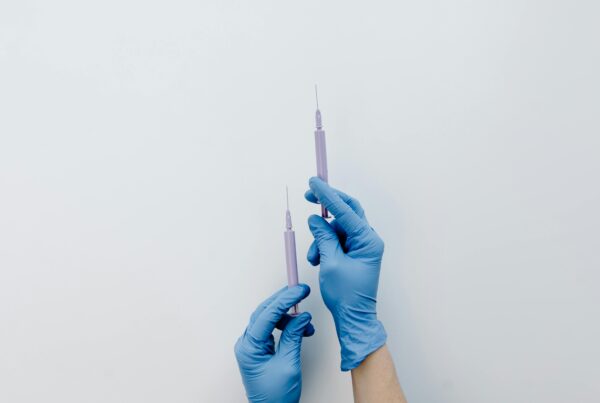Tooth Restoration has had many technological advancements allowing for many new methods to make your smile the best it can be. Beyond the visual look of your teeth, however, there are many reasons why you may need tooth restoration. If you find you have tooth pain, excessive bleeding, sensitivity to hot or cold, and many other causes. You may be in need of some dental intervention. Keep reading to find out more about Tooth Restoration and how it can help you.
What Is Tooth Restoration?
Tooth restorations are the general blanket term that states the intention of a dental professional to repair damaged teeth. The main purpose or use of tooth restoration is to repair teeth that are weakened. Also, ones that have decay or even fractures in the tooth itself. These restorative procedures can be simple to complex depending on each individual need for restoration.
What Are The Different Types Of Tooth Restoration?
Believe it or not, there are many types of tooth restoration. From the simplest (fillings) all the way to a full set of replacement teeth (dentures). These are the main types of tooth restoration:
 Fillings
Fillings
- As stated fillings are the simplest form of tooth restoration. The process of getting a tooth filled is simple. The dentist takes away the decayed part of the tooth (cavity), fills it in with a specialized dental resin (most common). Then set these fillings, and checks your bite. Typically, a procedure like this will have you at your dentist for only around an hour max.
Crowns/Veneers
- These are used when the cavity/decay is too large for a simple filling or when the tooth has been weakened beyond normal wear and tear. A Veneer is merely a covering of the front of the tooth, which can enhance the appearance. A crown procedure requires a little more time and preparation. As you have to get an impression made of your teeth for them to make the crown so that it will be a perfect fit. Both crowns and veneers are a very useful way to slow down or stop tooth decay!
Implants/Bridges
- These are more complex forms of tooth restoration. Bridges and Implants are set to the jawbone. There are means to replace or refortify missing teeth and gapped areas by missing teeth. A set of artificial teeth are most often placed upon a titanium “bridge”. Which is then affixed to the bone in the gap which was created from missing teeth. A very important factor when getting a bridge put in. Is to make sure that the adjoining teeth (those which will be attached to the bridge on either side) are healthy and strong. A single implant requires a similar procedure to that of the bridge, but it typically only requires the replacement of a single tooth rather than a row of teeth.
Dentures
- Dentures are a far more time-consuming procedure that requires a perfect dentition match made of your current mouth/teeth/and jaw which will ensure that the new set of teeth will fit your mouth properly. There are many causes of tooth loss, resulting in the need for dentures. Some of the causes are excessive tooth decay, gum disease, and extremely weakened teeth. The full process for this requires months of preparation and multiple trips to the dentist.
Preparing For Your Procedure

Photo by Caroline LM on Unsplash
Whether you’re preparing for simple tooth restoration or for a more complex one. There are some things you can do to prepare yourself for these procedures. Dentists always appreciate when you’ve brushed and flossed before a visit. Also, make sure you’ve allowed enough time in your schedule to be at the dentist’s office. As long as is required for you to get everything was done that needs to be done.
Smile
Prepare yourself mentally for the possibility that you will have to have dental impressions done, x-rays done, tooth filing/drilling done, and sometimes even shots. These are all normal dental practices and are no reason for you to worry.
Make sure that you have some questions or notes prepared ahead of time. So that when you’re in your dentist’s chair you can point out spots that have been hurting you or even possible spots that you can feel are chipped or cracked.
What To Expect After Your Procedure
Once you’ve had your tooth restoration you can plan for a little bit of pain and healing time. Depending on what you’ve had done. There may be some waiting time required, and some healing time required before the next steps.
What you should do after your procedure
The number one thing is to know your own limitations. It is recommended that you should eat only soft foods for at least the day of your procedure. Sometimes even the day after your procedure. Another dentist recommended option is to eat only cold foods until your teeth are no longer sensitive. Once they’re no longer sensitive, you can begin having some lukewarm soups, working your way up to warmer foods.
You can begin to brush as normal the same day as your tooth restoration, but sometimes a dentist may have special instructions for you on your flossing. Depending on whether or not there could be damage done to the work that was finished. Make sure as you are cleaning your teeth, you are also cleaning your tongue, sides of your mouth, the roof of your mouth, and your gums. These are all important parts of your mouth and can hurt or hinder your recovery. If you have any bacteria or debris that could get into your restorations.
Personal care tips
Whether you’ve had a complex or a simple procedure done. The main thing in common with all of them is that you will be better off making sure that you have taken good care of your teeth and mouth. Make sure that you understand what your procedures are. Hopefully, after reading this article, you feel a little more prepared for whatever might be coming your way in your future dental appointments and possible tooth restoration appointments.
Who Is The Author?
 John Kan is a professional writer and well known blogger. He writes on a variety of trending topics. You can follow him and keep reading his articles to keep you up-to-date and modern.
John Kan is a professional writer and well known blogger. He writes on a variety of trending topics. You can follow him and keep reading his articles to keep you up-to-date and modern.



![women [longevity live]](https://longevitylive.com/wp-content/uploads/2020/01/photo-of-women-walking-down-the-street-1116984-100x100.jpg)










